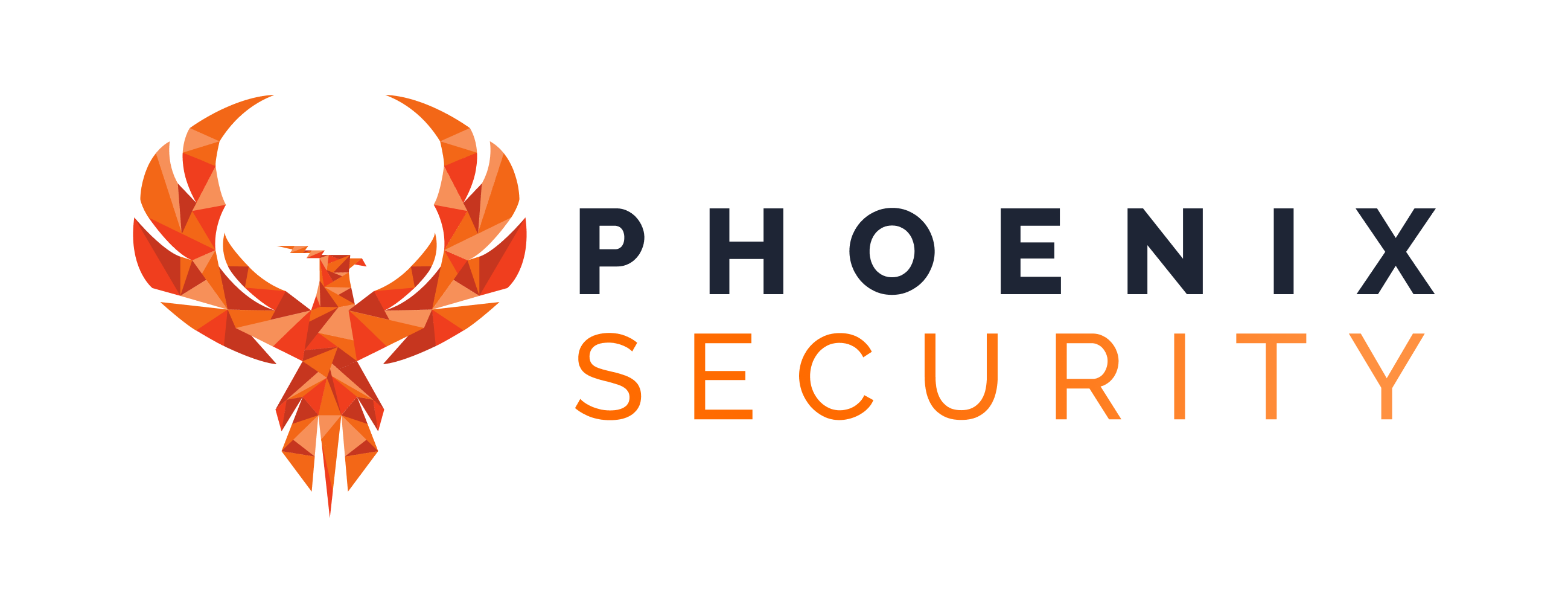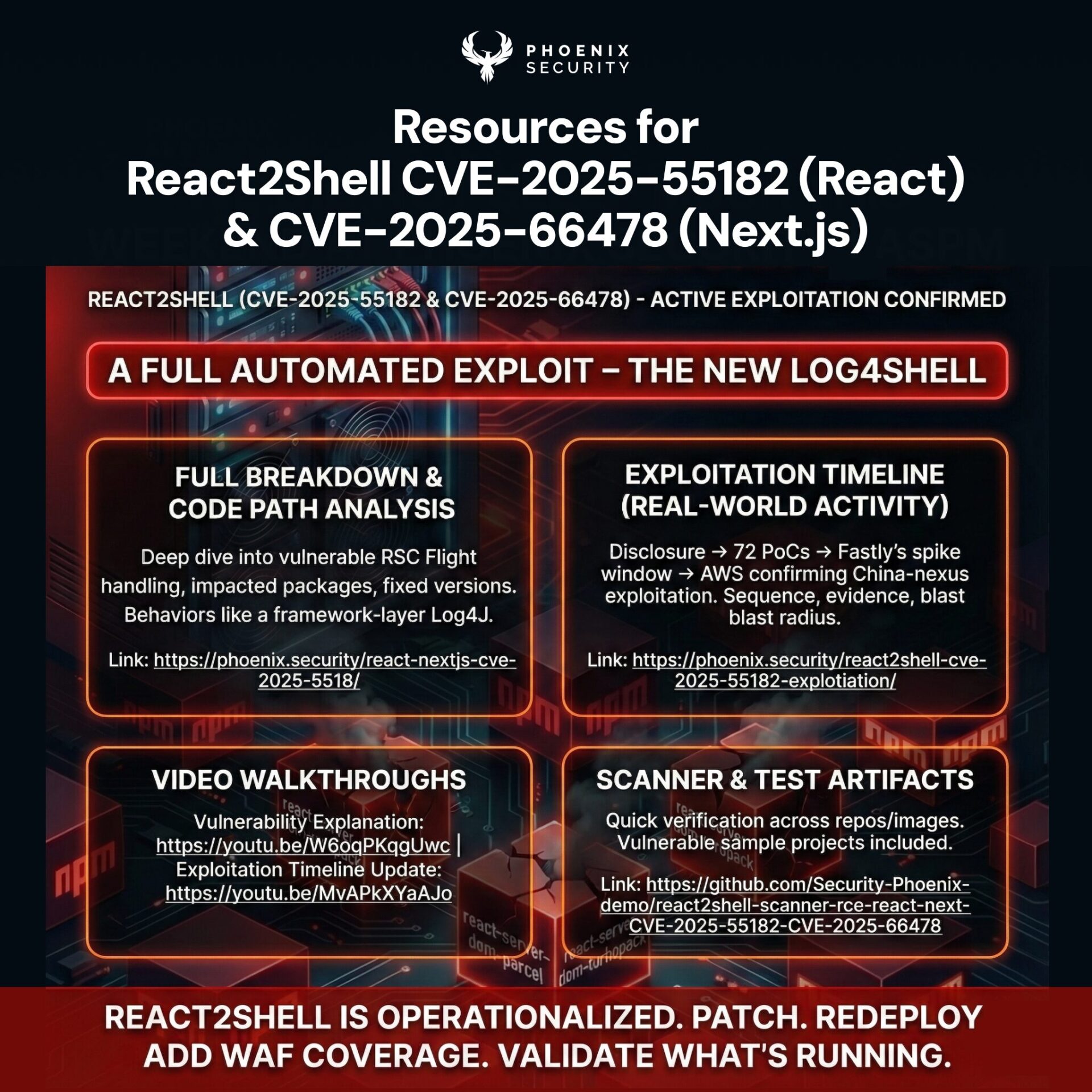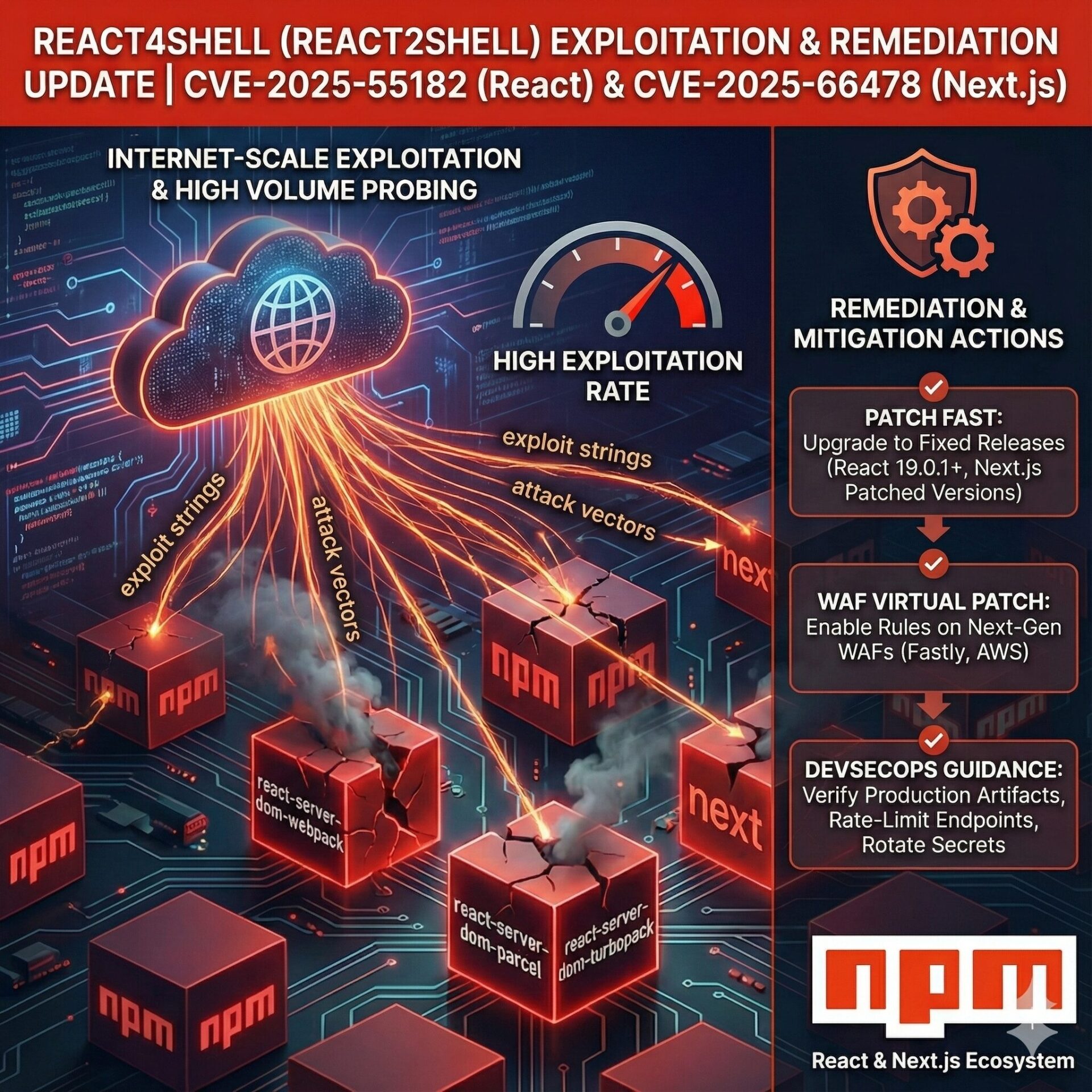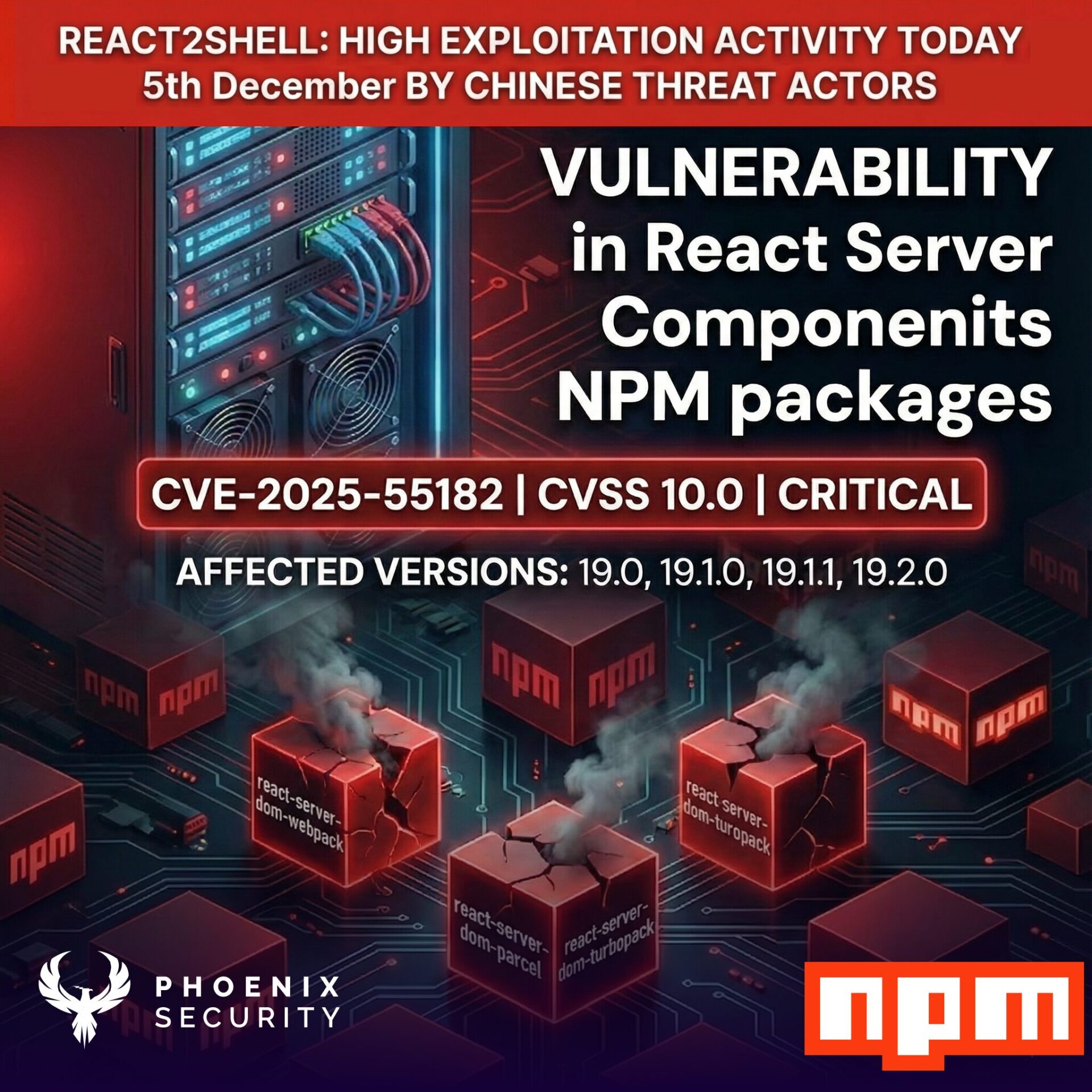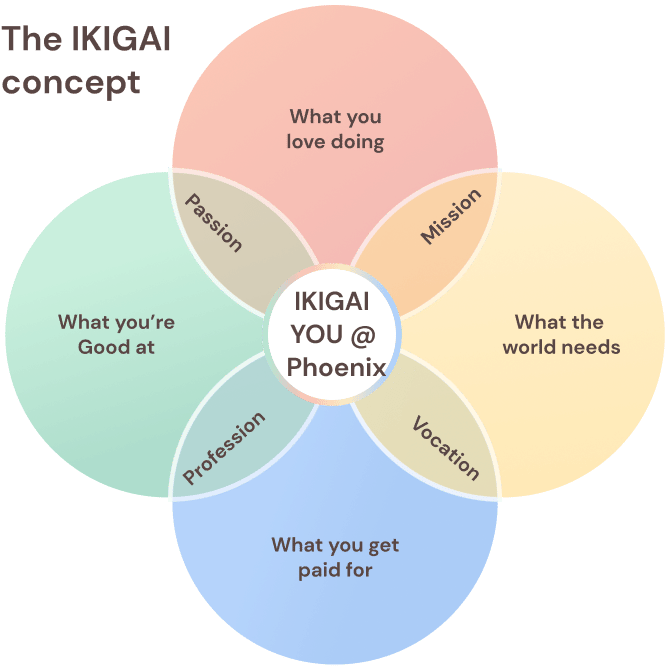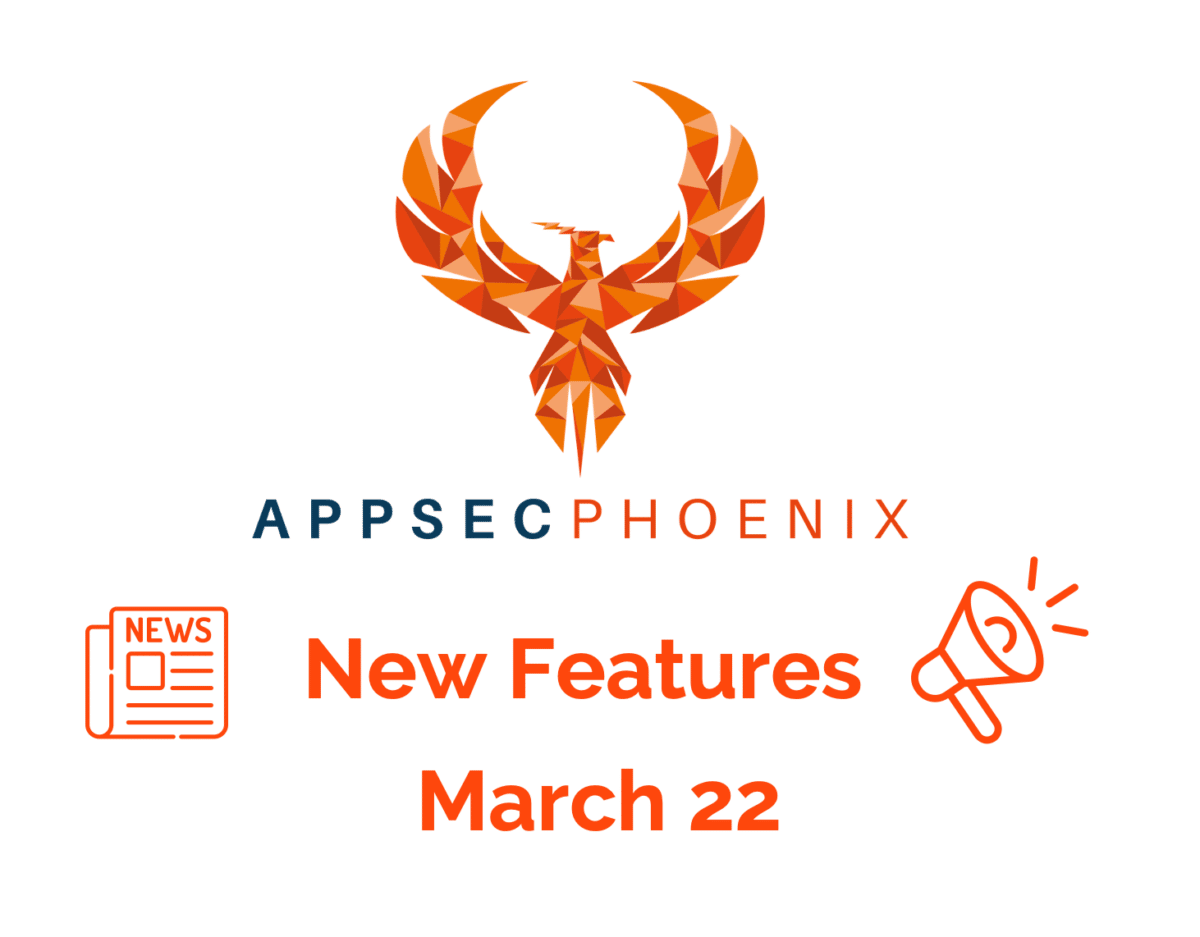
April Q2 Has new features coming (not April fool)
New Integrations:
  |
 New security Screen to capture what is most impacting across the board |
 New Quantification screen and Exposure over time |
NEW Features
| New Integrations: – Qualys Web – Burp Suite Professional import New Features: – Security Dashboard screen.Overall Risk dials – Exposure over time – Deployable assets and the biggest cybersecurity hitters – Asset View Cloud – Containers – vuln by container – Exposure Over Time chart in the dashboard. – Ability to configure a different ticketing platform/project per Component. – Ability to (de)select all scanner targets while creating Components. – More Granual Quantification – Improve scanner and workflow deletion warning popups (info and layout). – Make the phone optional if MFA is disabled. – Improve behaviour on long lists of workflow projects/reports. – Bug Fixes and minor UX/UI Improvements |
 |
  |
 |
  |
| Since you are here why not subscribe to our amazing mailing list?it takes just one click 🙂 |
| Did you know we have a book available on how to run application security programmes? get your free copy below |
| Get the Application Security Compendium here |
